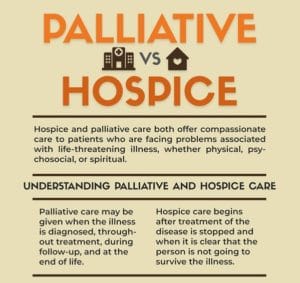Today, lives are changed continually by Alzheimer’s. This slow disease is the sixth leading cause of death in the United States. The pain and devastation happen even before a patient’s passing. Alzheimer’s disease can take a toll not only on the person affected but also on the loved ones.
Thus, it is advisable for family members to assess what kind of care the patient needs, whether it’s palliative care or hospice services. These types of services are not limited to Alzheimer’s itself; they also tend to other diseases that strike as old age sets in.
While the objective of palliative care and hospice care is to ease as much pain, the prognosis and goals of both are different from each other. Palliative care is one that provides the patient comfort care with or without curative intent. Hospice care is also comfort care, but minus curative intent. Here, the patient no longer has medicinal options or has decided not to pursue treatment because the side effects overshadow the benefits.
These services thoroughly consider care eligibility. In hospice eligibility, the physicians typically have to verify that the patient has less than six months to live if the disease keeps on its usual course. hospice works to helps patients to live comfortably while nearing the end of life.
Meanwhile, palliative care is initiated at the prudence of the physician and patient at whichever time or stage of illness, fatal or not. It undertakes a similar philosophy of full-patient care, which is often performed on non-terminal patients, encouraging them to live longer and happier lives.
Our infographic provides an overview of the differences between the two types of services mentioned above. Having a clear understanding of each is as important as caring for the person so valued by the heart. Click to view in it’s entirety.
